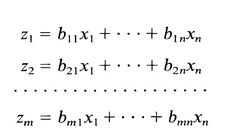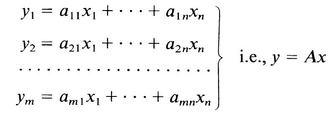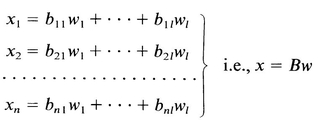Matrices are widely applied in many branches of contemporary engineering, ranging from stress analysis, to electrical circuits, to engineering economics. An engineering curriculum without an introduction to matrix theory is difficult to conceive.
This appendix is not intended as a substitute for a text on matrices and their applications in engineering; there are many excellent texts available for this purpose. Rather it is intended as a concise summary of the facts about matrices that the reader will need to know in reading this book. Having them all at hand will minimize the need to consult a standard reference book. It also serves to define the notation and terminology which are, regrettably, not entirely standard.
While some derivations and proofs are given to provide motivation and insight, no attempt has been made at proving or even justifying every statement that is made. The interested reader is urged to consult a suitable textbook for details of proof, for other properties of matrices, and for many additional applications.
A.2 LINEAR EQUATIONS AND MATRIX NOTATION
Consider a system of linear equations
To reduce the amount of writing, (A.1 ) can be expressed as
The arrays of numbers enclosed by the square brackets are known as matrices. In general a rectangular array having m columns and n rows, of the form
is called an n m matrix. A single letter A is used to designate the entire n m matrix. The matrices in (A.2) having only one column, namely
are generally called vectors . (The three-dimensional vectors of classical physics are special cases of the general mathematical vectors used in this book. When, as in Chap. 3, we want to refer specifically to a physical vector such as force or velocity, we use an arrow over the letter, viz.,  )
)
Since a vector is a 1 n matrix, any result that applies to all n m matrices also applies to vectors. As is customary in texts on systems, vectors are generally denoted by lowercase letters and other matrices are generally denoted by capital letters.
In terms of the notation introduced above, the system of linear equations (A.1) can be written simply as
Equation (A.5) can be read as (the vector) y is the result of multiplying (the vector) x by (the matrix) A . Thus we have defined the operation of multiplying a vector by a matrix, as the equivalent of the system of linear equations (A.1). Multiplying a vector by a matrix is a special case of multiplying one matrix by another. We shall consider this operation and others in the next section.
A 1 x 1 matrix (i.e., a single component vector) which is just a single number, is known as a scalar .
To save writing, the matrix A is sometimes exhibited as
A = [ a ij ]
where a ij is a typical element of the matrix A.
A.3 MATRIX OPERATIONS
Addition and subtraction Matrices can be combined by use of the operations of addition, subtraction, and multiplication in much the same manner as scalars. These operations may be defined in terms of systems of simultaneous equations. Thus, suppose
and
then, adding each equation in (A.6) to the corresponding equation in (A.7) gives
or, in the matrix shorthand,
or
y + z = (A + B)x = Cx
where
Thus each term in the sum of two matrices is the sum of the corresponding elements of the summands. It is clear from the definition that two matrices can be added only when they are both of the same dimensions: m n , and, when A + B is defined,
Subtraction of two matrices is defined by
Multiplication Multiplication of matrices is defined in terms of substitution of one linear system of equations into another. Consider
and
Substitute (A.11) into (A.12) to obtain
Collecting coefficients of the wi in (A.13) gives
or
where
Now, since in shorthand notation (A.11) and (A.12) are
y = Ax and x = Bw
we can write
y = A ( Bw ) = ABw = Cw






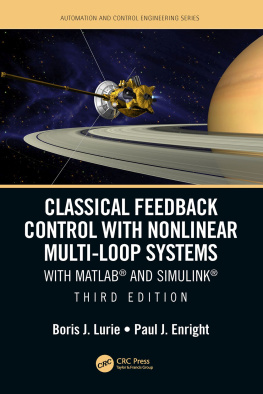
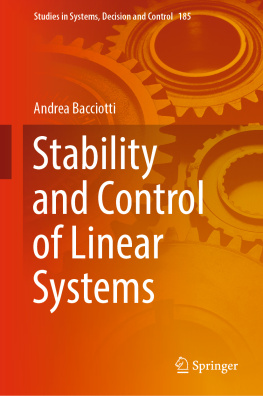








 )
)

